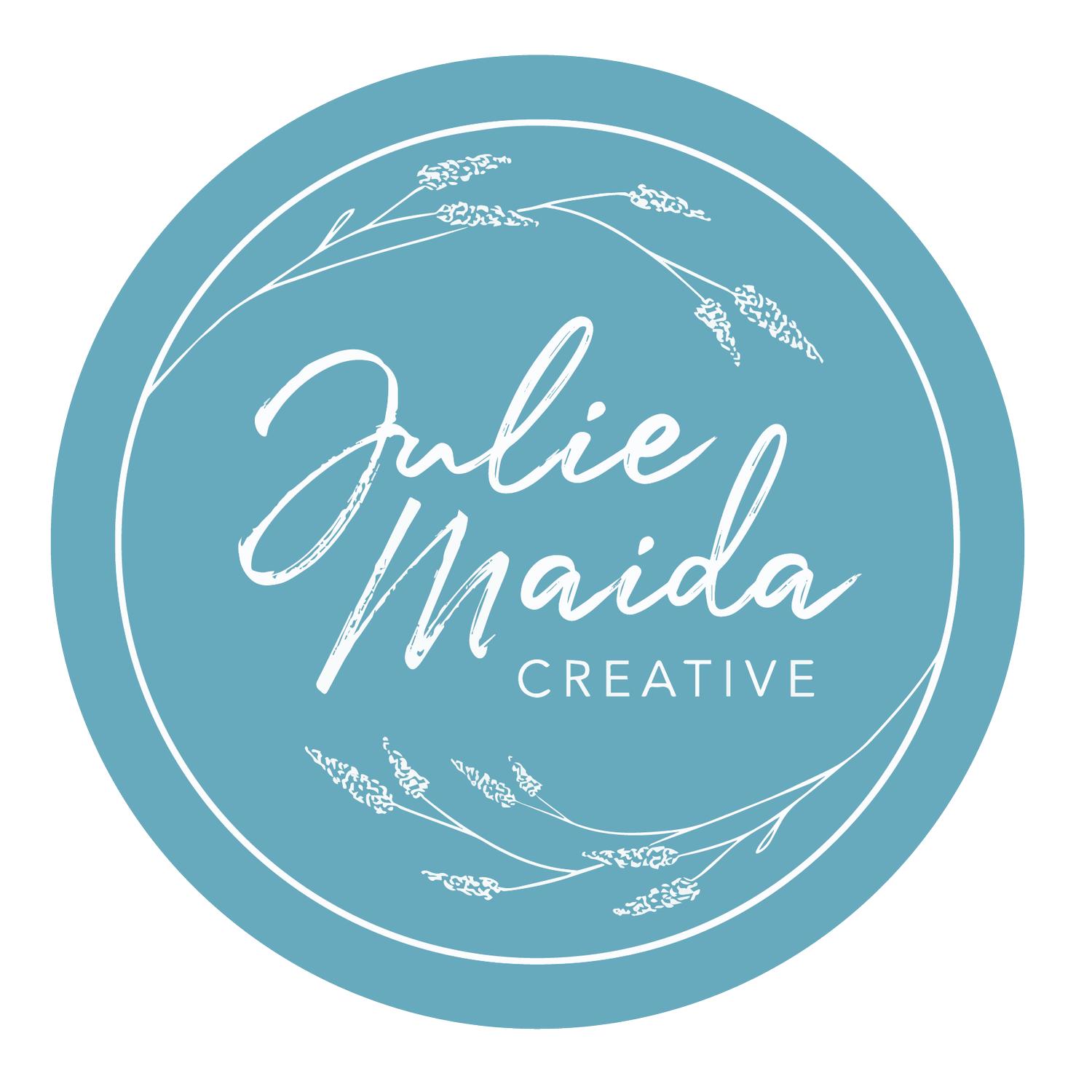Working in Collections
Do you work in collections? It's a term that gets thrown around in the licensing world, but also in the art gallery world. It can mean different things to different people.
I am going to explain what a collection is, why people work in collections, and how to create your own. The image above is a collection I created and mocked up - specifically for kitchen products. I use this exact image to pitch this collection. They don't have to look like this, but I thought this would be a helpful visual for you.
What is a collection? A collection is a group of works that all fall under the same theme and complement each other. A mini collection is typically 3-6 works. A full collection is usually 7-12 works. The collection can consist of illustrations, art, or patterns (in the case of surface design). By the way, everything I am telling you has flexibility. These are just general guides and standards.
What is the point of working in collections?
If you want to license your art, art directors typically expect pitches in collections. For examples, if you are making art for greeting cards, you would make 3-6 of them (for a mini-collection) that coordinate with each other.
Art directors like this because it gives them more options to choose from, it helps them to see your art more holistically, and, it looks more professional. If they purchase your collection as a whole, you get to license all of it - not just one piece!
Art galleries also like this because it makes your work visually stronger to be seen as a part of a body of work.
How does this benefit an artist or designer?
You are more likely to sell more than one design or piece of art if people can envision is as a whole.
For example, if you buy some beautiful plates, and then you see some coordinating bowls, and a teapot, you might purchase more than just plates.
In the case of selling art, you could, for example, paint two pieces of art that go together (called a diptych) and a collector would be able to envision both of them on their own wall (which means you make more sales).
How to create a collection (without getting overwhelmed):
I know I am not the only person this happens to, so I will just come right out with it: as a creative, I get overwhelmed easily. My right-brained self is constantly flooded with ideas and possibilities. If I let it get too far out of hand, I will get overwhelmed and want to take a nap (or procrastinate by scrolling Instagram).
Please take everything I am saying with a grain of salt, because there are no hard rules, but this is how I handle it . . .
1. Pick an area or two where you would like to see your art. Some art can be used in multiple categories. For example, you can make illustrations and patterns and they could work on greeting cards, notebooks, tea towels, and plates. Just pick 1-2 ideas for where your collection might end up.
2. Only create three. Three illustrations, or a combo or illustrations/art and patterns. A good places to start could be one illustration and two patterns that coordinate with them. You can add more to your collection later if you want, but start with three and call it done. Then, come back to it later if you want.
3. Lay it out so you can easily put it on a sell sheet (like the one I have in this email). You can have just three, and you can add some mock-ups to it that are specific to the company you are pitching to (ie mock-up plates if you are sending it to a kitchen are company).
Here are some other tips that I use to help with overwhelm:
I only create mini-collections because I get bored with huge collections, I get overwhelmed, and I just don’t like making things in giant groups. It’s a good ideas to just start with an idea for where you’d like to see your art.
I simplify. I take whatever grand idea I have and I say “how can I make this easier and simpler?” Because complexity is the enemy of execution.
I don’t take it too seriously. When I “play” and let myself explore instead of putting all this pressure on myself to create something amazing, I enjoy it more and my work is always so much better!
I hope this has helped shed some light on creating collections. Happy creating!

